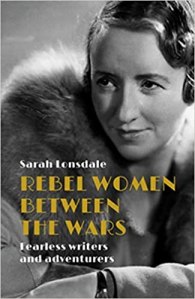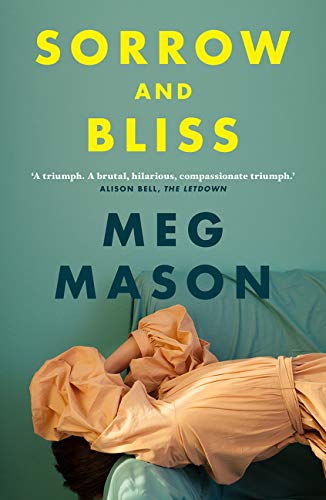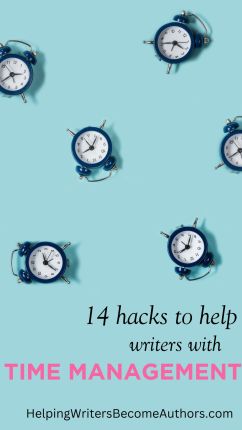Rebel Women is a group biography of 13 inspirational women from the interwar period (1920s and 30s) who had to smash through the patriarchal obstacles that prevented them from following their dreams. The women in the book were involved in all sorts of activities: mountaineering, engineering, foreign correspondence, politics and humanitarian activism. The book tells readers what they did but, equally importantly, how they escaped the domestic sphere and social rules that at the time dictated that women should stay at home. They are not the usual and well-known women of the interwar period such as Virginia Woolf or Nancy Astor so the book introduces readers to a whole new group of women who, in the own very different ways, were working to assert their rights to compete, act and engage in the world alongside men.
What did it mean to be a ‘rebel woman’ in the interwar years? Taking the form of a multiple biography, this book traces the struggles, passions and achievements of a set of ‘fearlessly determined’ women who stopped at nothing to make their mark in the traditionally masculine environments of mountaineering, politics, engineering and journalism. From the motorist Claudia Parsons to the ‘star’ reporter Margaret Lane, the mountaineer Dorothy Pilley and the journalist Shiela Grant Duff, the women charted in this book challenged the status quo in all walks of life, alongside writing vivid, eye-witness accounts of their adventures. Recovering their voices across a range of texts including novels, poems, journalism and diaries, Rebel women between the wars reveals their inch by inch gains won through courageous and sometimes controversial and dangerous actions.

6. If you could only read one book for the rest of your life which book would it be?
About the Book
That’s so hard! There are so many beautiful and brilliantly written books out there. If I’m going to read it forever, and therefore know the story inside out, then it’s got to be a book that was so beautifully written I would want to savour each sentence again and again. The last book I remember that did that for me was Maggie O’Farrell’s Hamnet. But the book that still resonates 20 years after I read it was Toni Morrison’s Beloved. It still gives me shivers. Can I have two please?!
Lots! Many of these women are unknown and had no biography about them so I had to track down their diaries, letters and other archives in various libraries, museums and in their relatives’ attics! It was about five years of research altogether. One of the hardest things about tracking down women is that often their papers are filed under their husbands’ names – if they are kept at all. It was like being a detective at times tracking down their artefacts.
Rebel Women Between the Wars: Fearless Writers and Adventures by Sarah Lonsdale was published by Manchester University Press on 27 October 2020.
7. I like to end my Q&As with the same question so here we go. During all the Q&As and interviews you’ve done what question have you not been asked that you wish had been asked – and what’s the answer?
It’s only when you publish a book you become aware of quite how many other books are being published at the same time and how difficult it is to get noticed. It makes me wonder how most authors survive as unless you’re really famous you certainly don’t make much money!!
Curiosity! I came across a couple of them through the course of my work/life – the mountaineer Dorothy Pilley who climbed some of the highest peaks in Europe and north America, and the foreign correspondent Shiela Grant Duff who went into Europe in the mid-30s to report on the rise of Hitler. I wondered how they had been brave enough to do what they did, nearly 100 years ago, and why I, with all the advantages I have a century later, was not as brave as them! I wanted to find out the kinds of skills, determination and talents they needed to do what they did. I was also fascinated by their lives, as I’m very nosy and it was a real privilege and inspiration reading their diaries and letters to find out what motivated them.
Well for my book, the question would be: Did you form any kind of connection with any of the women you wrote about? My answer would be “Yes” – I kind of fell in love with each of them, as I got to know them, first admired, and then liked and then loved. I especially felt that with the climber Dorothy Pilley – she was so brave and when the world told her she couldn’t be a climber she just said “F-You” and off she went with her boots and crampons and ice axe. I’m not very brave so I would have been her adoring best friend, cheering her on from the sidelines and making her tea and cake for when she came down off the mountain, ready to hear her stories.
2. What inspired the book?
4. Is there anything about the process of publishing a book that surprised you?
I love the wild outdoors. I’m really lucky, I live in Kent, near the sea and the north Downs. Some days I like just to disappear into the great hanging beechwoods to walk and think. There is a particular great pine tree I like to visit – I am learning more about trees, and forest ecosystems in general and I have the feeling that it knows me and looks forward to my coming to see it! Is that mad?
5. What do you do when you aren’t writing? What do you do to relax and get away from it all?
Sarah kindly answered a few of my questions.
3. How much planning had to go into your book before you could start writing?
1. Tell us a little about Rebel Women Between the Wars: Fearless Writers and Adventurers.







